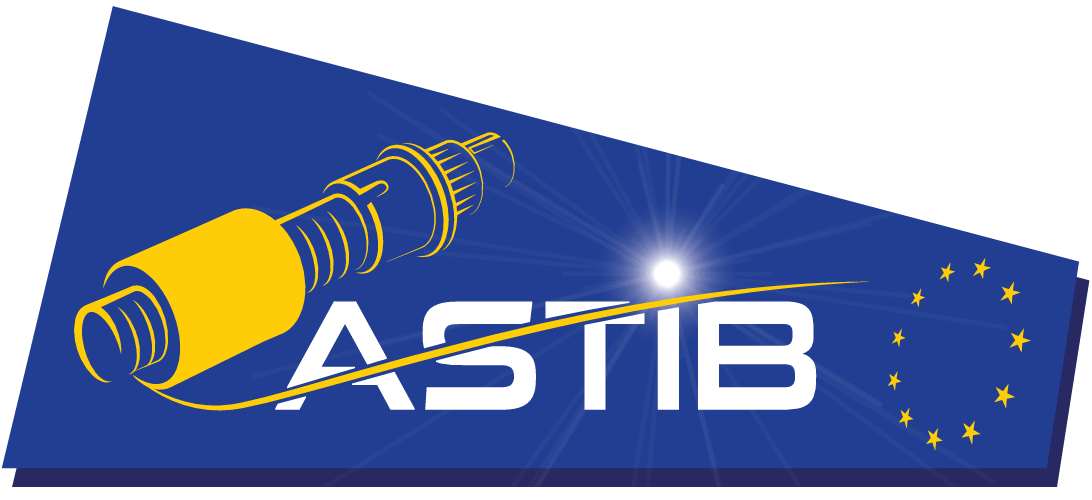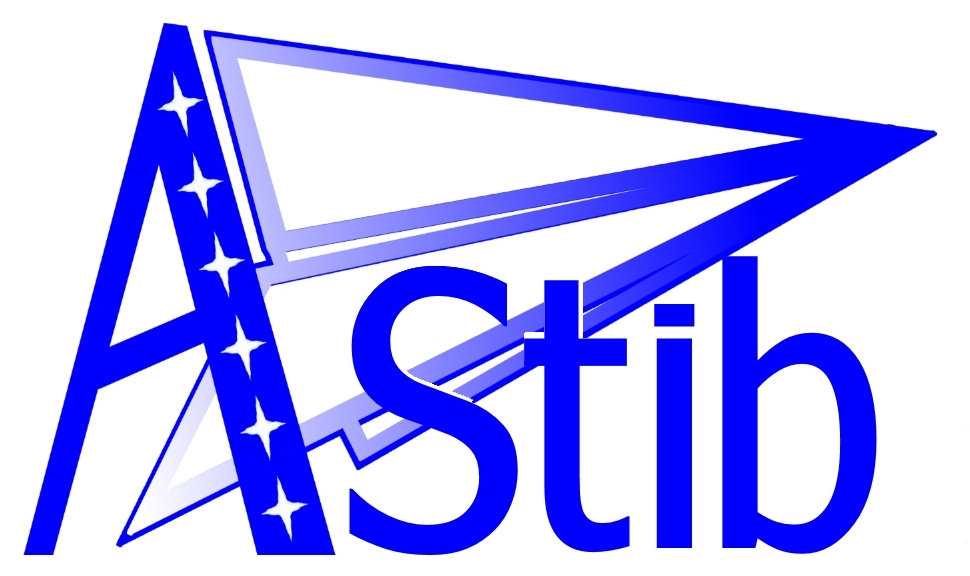
- Proposal
State of the Art - Background Objectives Description of Work Activities Expected results - Achieved results

Objectives
ASTIB is specifically focused on contributing to generate technological advancements to be implemented in a future Green Regional Aircraft (GRA); its main objectives are to support the improvement of the Technological Readiness Level up to above TRL 5 for a number of significant electrical equipment that are being considered of critical importance for the future GRA. This will help supporting industrial application decisions for future deployments of GRA.
In particular, ASTIB will develop:
- Electromechanical actuators (EMAs) with their associated electronic control units (ECUs) for selected flight control surfaces
- Electrically actuated one main and one nose landing gears
- Reliable prognostics and health management functions for the electromechanical actuators
- An advanced multi-functional integration, verification and validation test rig ("Iron Bird")
- Contribution to the development of a health monitoring validation platform
- Tools for evaluation of the benefits of an integrated health monitoring platform
ASTIB detailed objectives
>> Developing new actuators architectures with reduced number of components and new design suitable for envelope reduction with respect to present technology
>> Developing robust control laws
>> Introducing new materials
>> Demonstrating the feasibility of electrically actuated landing gears
>> Enabling the all-electric architecture at aircraft level
>> Developing prognostics and health monitoring techniques able to detect degradations, predict their evolutions and estimate when, under continuing usage, they will evolve into failures
>> Exploring new control strategies for the electromechanical actuators allowing to optimise the dynamic response and to minimise the disturbances following a failure
>> Developing high-fidelity, physics based, models and real-time models of the electromechanical actuators enabling the execution of hardware-in-the-loop and software-in-the-loop tests, therefore allowing assessment of the flight control system behavior over the entire flight envelope of the aircraft under normal and simulated fault conditions

